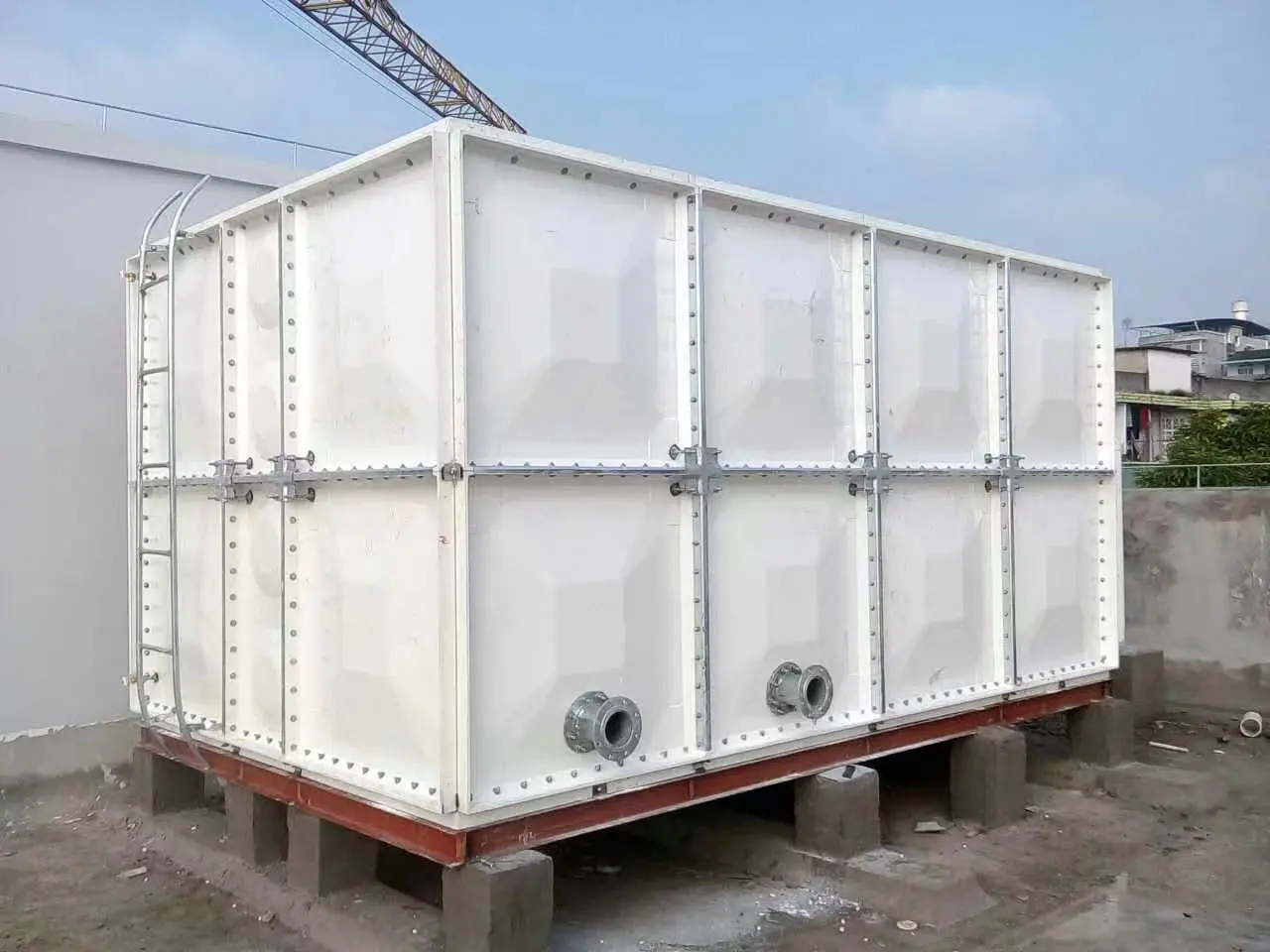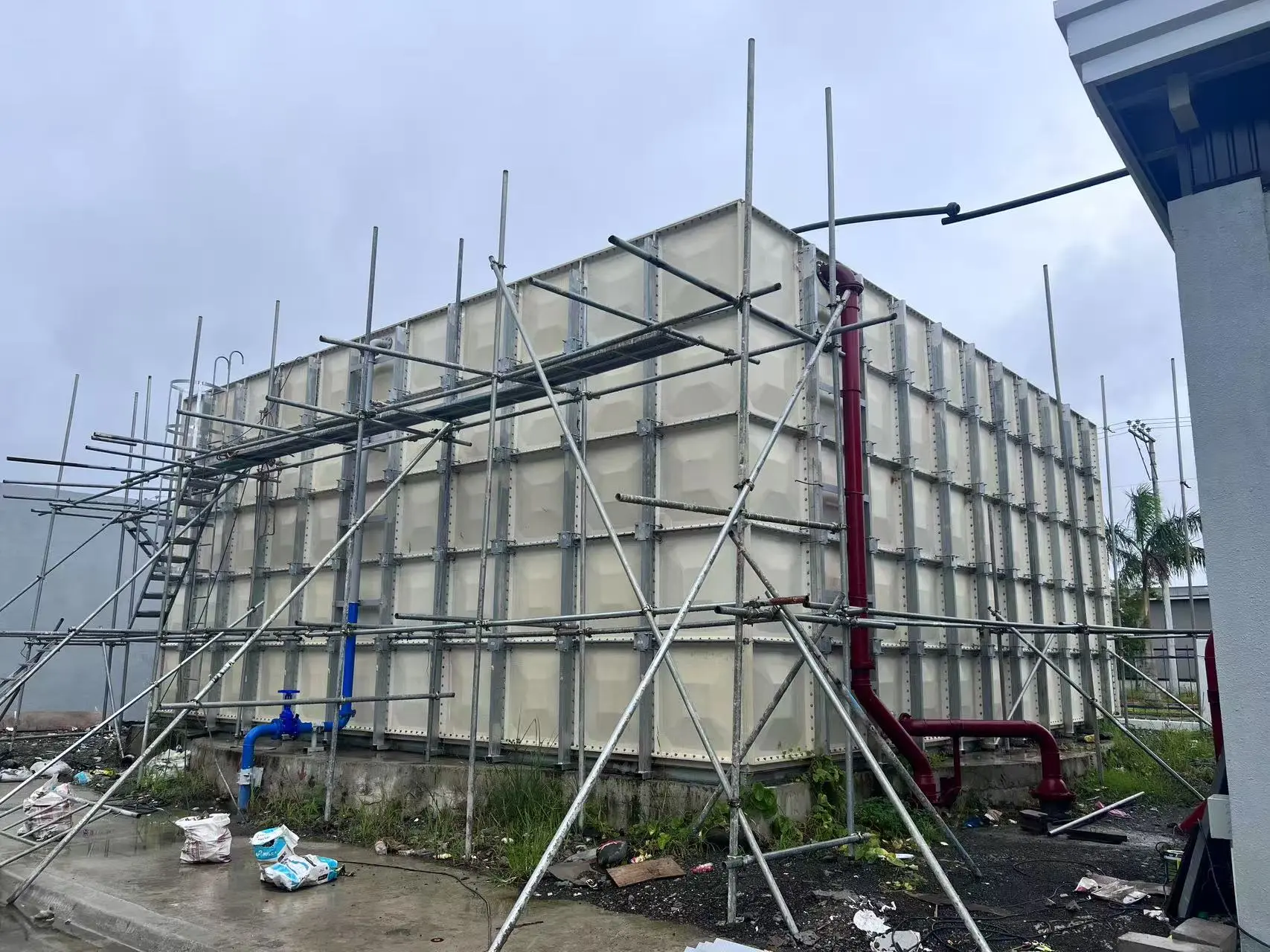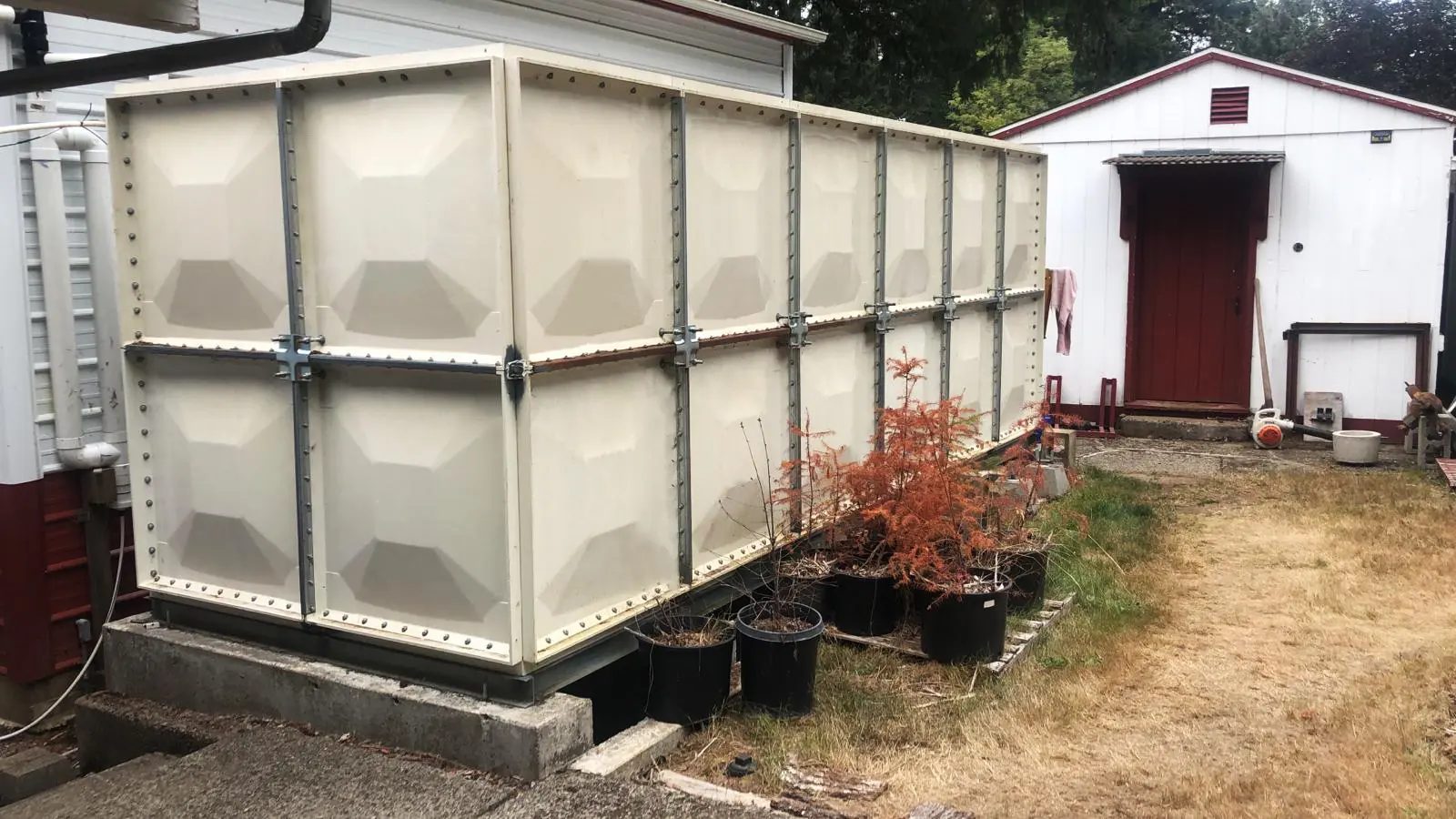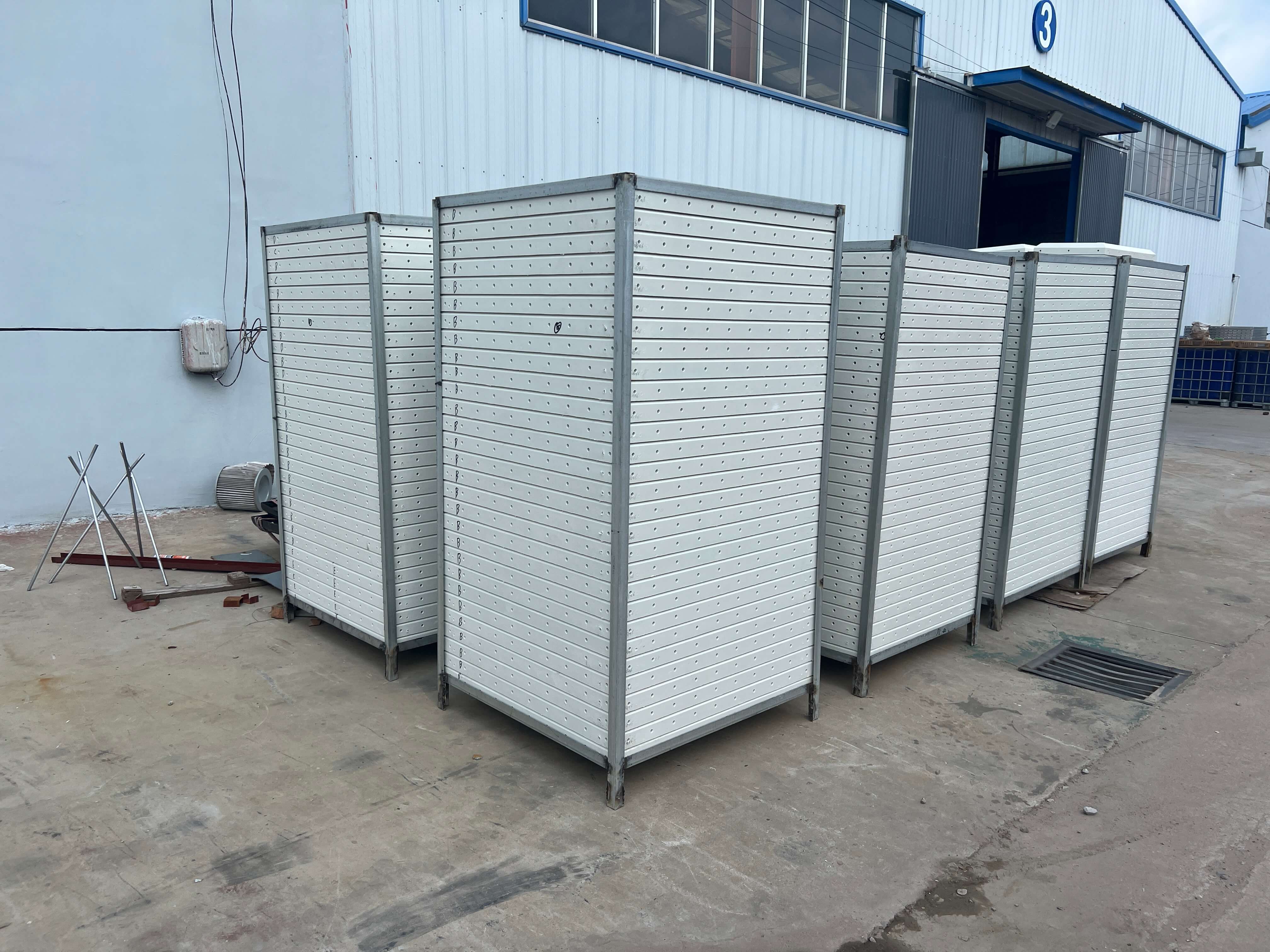How Does GRP Tank Installation Work On-Site? | Practical Insights for the Philippine Industrial Sector
Why On-Site GRP Tank Installation Matters in the Philippines
For businesses in the Philippines—ranging from pump suppliers and fire protection contractors to irrigation companies, municipal water authorities, water purifier dealers, and pipe distributors—the proper installation of a GRP Water Tank can make a substantial difference in system reliability, longevity, and operational efficiency.
With the Philippines’ tropical climate, high humidity, typhoon-prone regions, and diverse industrial needs, understanding how GRP tank installation works on-siteis crucial. A correctly installed tank not only ensures hygienic Water Storage but also minimizes maintenance costs, prevents leaks, and maximizes the tank’s lifespan.
What Exactly Is a GRP Water Tank?
Before diving into installation, let’s clarify what a GRP water tank is:
-
Material: GRP stands for Glass Reinforced Plastic, a composite of fiberglass and polymer resin.
-
Design: Modular, lightweight panels bolted together on-site, ideal for restricted spaces or rooftop installations.
-
Durability: Resistant to corrosion, UV exposure, and chemical stress—perfect for the humid, coastal, and urban-industrial environments of the Philippines.
Common uses include:
-
Fire water reserves
-
Industrial and municipal water storage
-
Agricultural irrigation
-
Rainwater harvesting
-
Treated water buffering
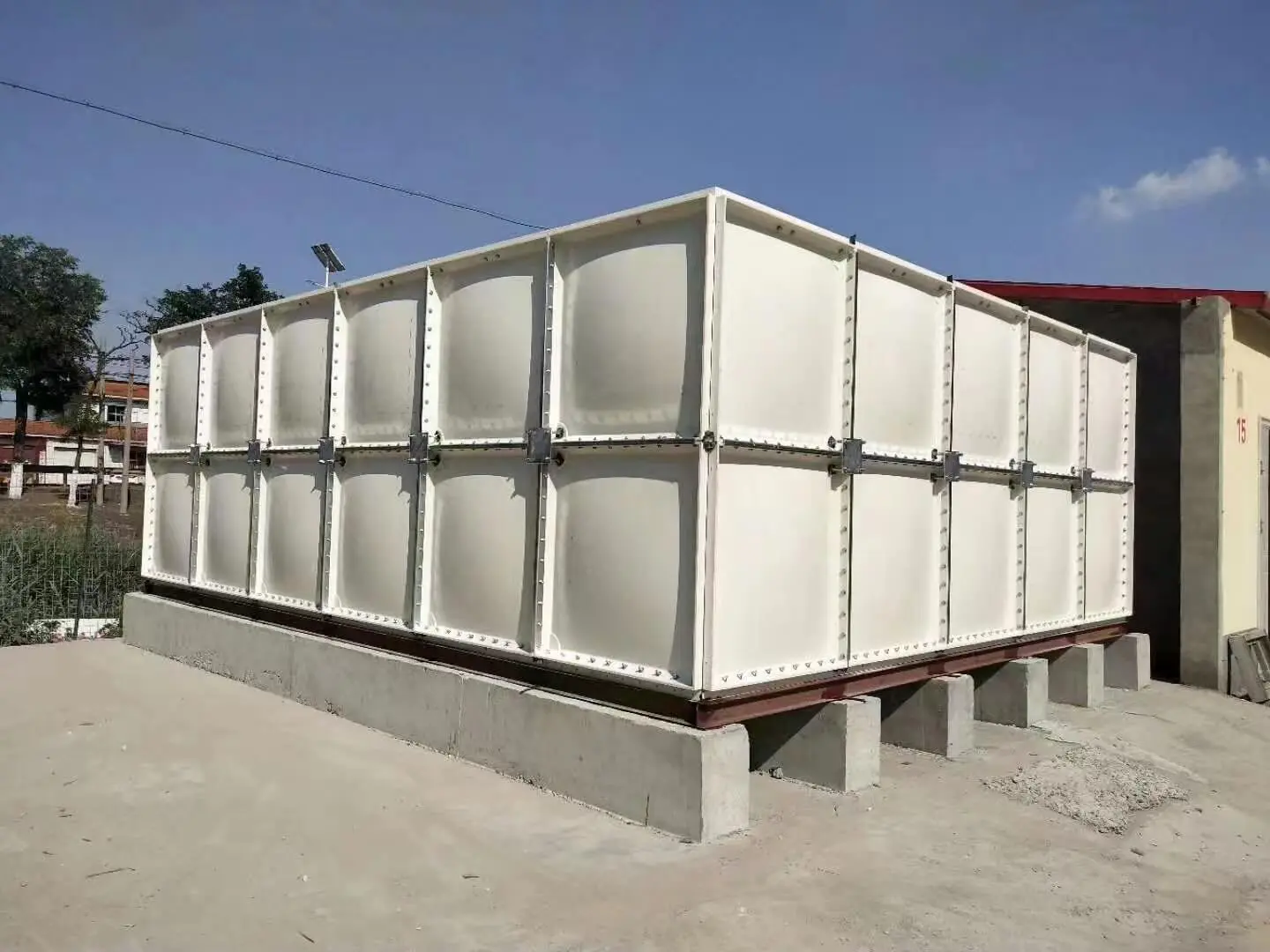
Step-by-Step: How Does GRP Tank Installation Work On-Site?
Installing a GRP tank involves several well-defined steps to ensure structural integrity, water safety, and long-term durability.
1. Site Assessment and Foundation Preparation
-
Inspect the installation site (ground, rooftop, or basement) for structural stability.
-
Prepare a flat, level concrete foundation or reinforced platform capable of supporting the tank’s full weight.
-
Ensure proper drainage around the foundation to prevent water stagnation and foundation erosion.
2. Delivery and Inspection of GRP Panels
-
Panels arrive flat-packed for easier transport to urban or remote areas.
-
Inspect each panel for damage, scratches, or deformities before assembly.
-
Check accessories like bolts, sealants, and vents for completeness.
3. Assembly of Modular Panels
-
Bolt panels together sequentially, following manufacturer instructions.
-
Apply silicone or resin-based sealant between panels for leak-proof joints.
-
Install inlets, outlets, overflow, and vent systems according to project design.
4. Quality Assurance and Leak Testing
-
Conduct pressure and leak tests before the first full fill.
-
Inspect all joints and seals thoroughly.
-
Fix any detected leaks immediately to prevent long-term damage.
5. Tank Filling and System Integration
-
Gradually fill the tank, monitoring for structural shifts.
-
Connect to pumps, irrigation lines, municipal pipelines, or purification systems as required.
-
Conduct final inspection and handover to ensure compliance and client satisfaction.

Key Considerations for GRP Tank Installation in the Philippines
-
Climate Adaptation: Use UV-protected panels and coatings to withstand intense sunlight and typhoon exposure.
-
Transport & Logistics: Flat-pack panels make delivery feasible even in congested urban areas or remote rural sites.
-
Skilled Labor: Employ technicians trained in GRP assembly for best results.
-
Compliance: Ensure installations meet Philippine water safety standards, fire codes, and municipal regulations.
-
Maintenance Access: Design installations to allow easy inspections, cleaning, and repairs.
Benefits of On-Site GRP Tank Installation for Philippine Businesses
-
Cost-Efficient Shipping: Lightweight, flat-packed panels reduce transportation expenses.
-
Flexible & Customizable: Modular design allows adjustments to site constraints or volume requirements.
-
Fast Assembly: Typically installed in 3–7 days, minimizing project delays.
-
Durable & Long-Lasting: Properly installed GRP tanks can serve for 25+ years.
-
Versatile Installation: Suitable for rooftops, ground level, basements, and confined spaces.
Why Understanding Installation Is Key
For pump distributors, fire protection contractors, irrigation companies, municipal water authorities, water purifier dealers, and pipe suppliers in the Philippines, knowing how GRP tank installation works on-site ensures:
-
Reliable water storage and system operation
-
Reduced downtime and maintenance costs
-
Compliance with safety and potable water standards
-
A long-term investment with minimal hassle
Proper on-site installation protects your business from unnecessary risks and maximizes the value of your GRP water tank investment.
FAQ: GRP Water Tank Installation in the Philippines
Q1: How long does GRP tank installation usually take?
A: Depending on tank size and site complexity, most installations are completed within 3–7 days.
Q2: Can GRP tanks be installed on rooftops in the Philippines?
A: Yes. Their lightweight design allows safe rooftop installation, provided structural assessment is performed.
Q3: What maintenance is needed after installation?
A: Regular inspections for leaks, cleaning every 12–18 months, and checking seal integrity help maintain longevity.
Q4: Are there Philippine-specific regulations for GRP tank installation?
A: Yes. Installations should comply with local potable water safety, fire protection codes, and municipal guidelines. Using certified installers is strongly recommended.






